
Deutsch-Chinesische Enzyklopädie, 德汉百科

Die Hüfttrommel (chin. 腰鼓, yāogǔ) ist ein Schlaginstrument (Membranophon) mit einem zylindrischen oder fassförmigen Korpus. Die Länge beträgt gewöhnlich ca. 35 cm, beide Seiten sind mit Trommelfellen bespannt. Am Korpus befinden sich zwei Metallringe, damit wird sie am Gürtel befestigt, sie hängt an der Hüfte. Sie wird mit in beiden Händen gehaltenen Holzschlägeln angeschlagen, es wird dazu getanzt.
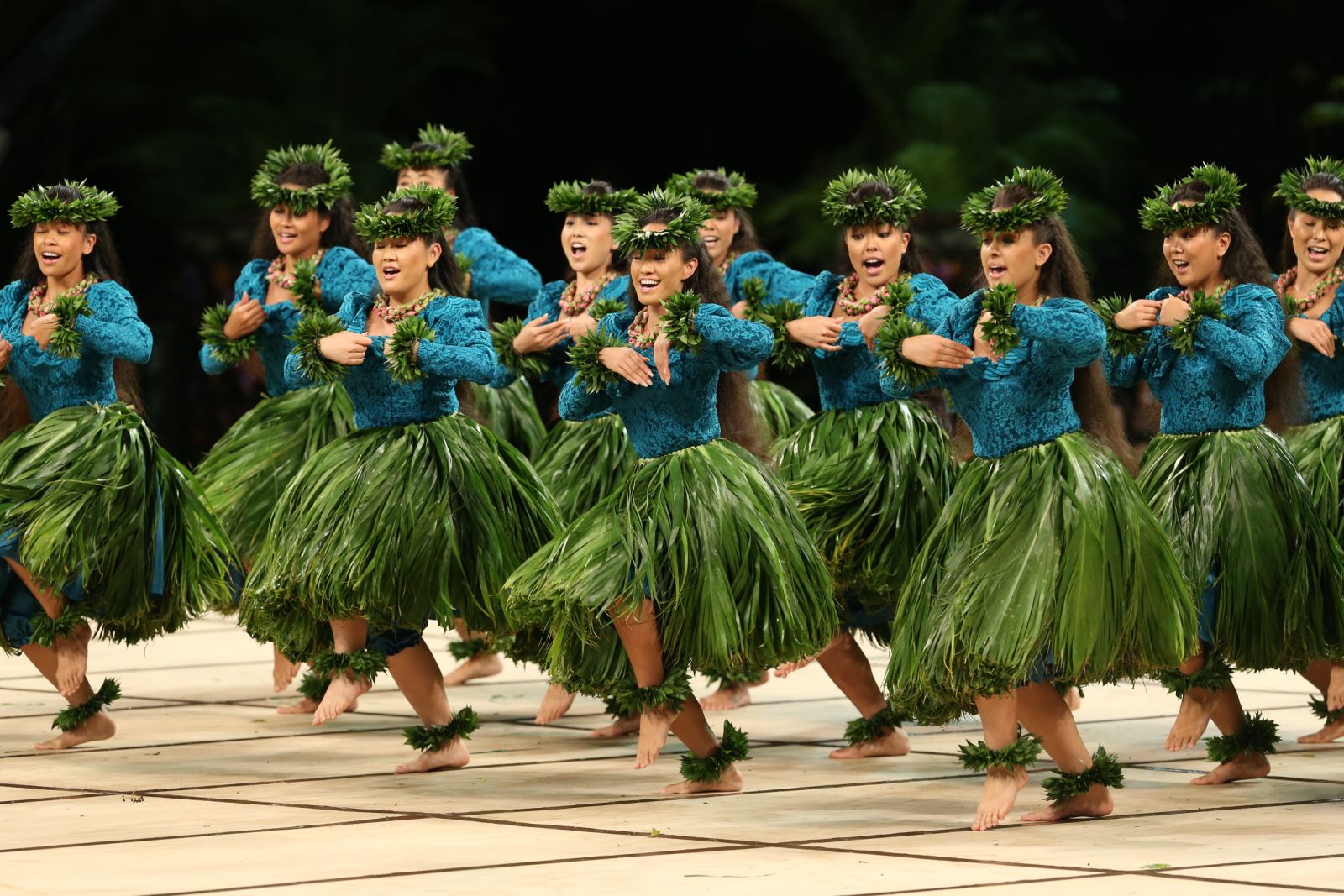


 Mexico
Mexico

 Music
Music

 Music
Music
 *Appreciation of famous music
*Appreciation of famous music

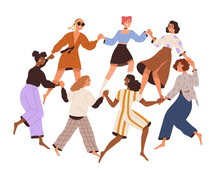 Dances
Dances

 Dances
Dances
 American Dances
American Dances

 Dances
Dances
 Folk dances
Folk dances

 Dances
Dances
 *Dance music
*Dance music


Javanese dance is the dances and art forms that were created and influenced by Javanese culture in Indonesia. Javanese dance movement is controlled, deliberate and refined. Javanese art often displays a finesse, and at the same time a serene composure which is elevated far above everything mundane.[1] Javanese dance is usually associated with courtly, refined and sophisticated culture of the Javanese kratons, such as the bedhaya and srimpi dance. However, in a wider sense, Javanese dance also includes the dances of Javanese commoners and villagers such as ronggeng, tayub, reog, and jaran kepang.
Javanese dance and its discipline has different styles and philosophy compared to other Indonesian dance traditions. Unlike vigorous and expressive Balinese dance or cheerful and slightly sensual Sundanese dance, Javanese dance are commonly involving slow movements and graceful poses. Javanese dance have somewhat a meditative quality and tends to be more self-reflective, introspective and more oriented toward self-understanding.[2] Javanese dance is usually associated with Wayang wong, and the palaces of Yogyakarta and Surakarta due to the nature of dance being a pusaka or sacred heirloom from ancestors of the palace rulers. These expressive dances are more than just dances, they are also used for moral education, emotional expression, and spreading of the Javanese culture.



Die Jota (spanisch) ist eine populäre Lied- und Tanzgattung im Tripeltakt, die praktisch überall in Spanien beheimatet ist, wobei die aragonesischen und navarrensischen Jotas auch überregional die bekanntesten Varianten sind. In Valencia tanzte man früher die Jota bei Beerdigungen.
So vielfältig wie die Aufführungs- und Vortragsvarianten der Jota ist auch das Instrumentarium zur musikalischen Begleitung und zur Ausführung von oftmals virtuosen instrumentalen Einleitungen und Zwischenspielen. Neben der fast immer gegenwärtigen Gitarre kommen je nach Region auch Streich- und Blasinstrumente zum Einsatz, sowie in den nördlichen Provinzen auch Balginstrumente, wie die gaita gallega. Zur Kastagnettenbegleitung der Tanzenden gesellen sich meist weitere Perkussionsinstrumente, bei denen es sich auch um umfunktionierte Alltagsgegenstände, wie Mörser, Flaschen oder Viehglocken handeln kann.
Bei öffentlichen Aufführungen der Jota tragen Tänzer und Tänzerinnen meist die Tracht ihrer Region. Die Themen der Liedtexte sind weitgefächert und reichen vom Patriotismus über sexuelle Anspielungen bis hin zur Religion. Vorherrschend ist eine Textform in achtsilbigen Vierzeilern, mit Assonanz der ersten und dritten Verszeile.

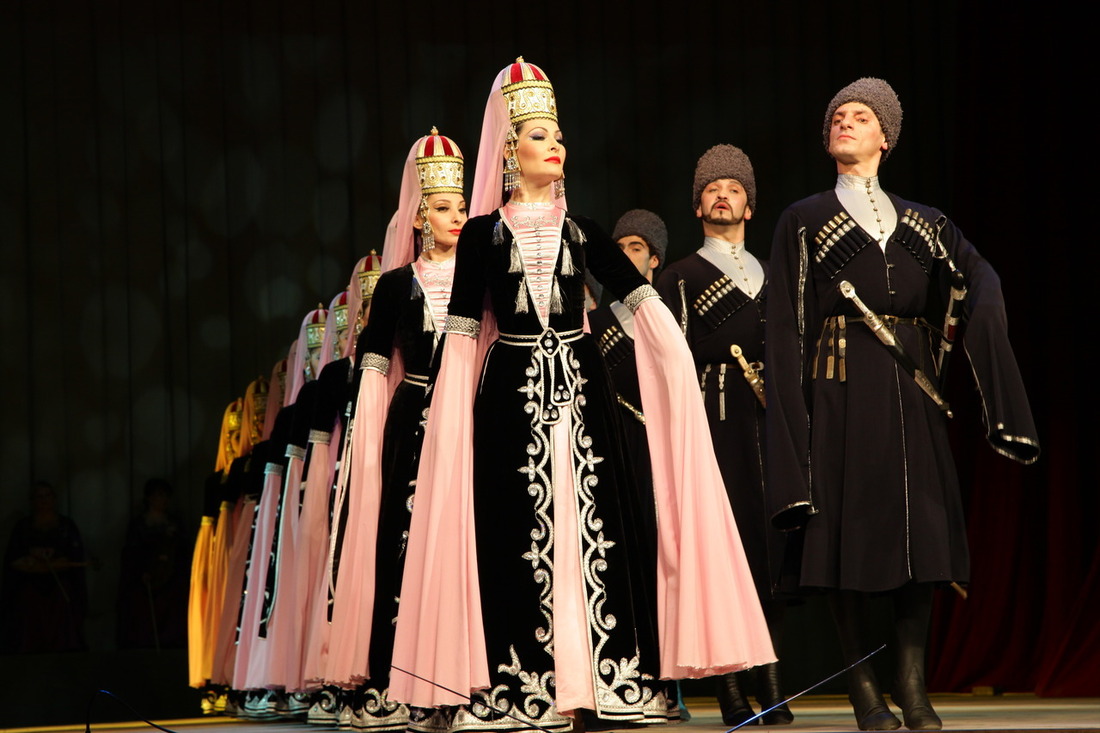

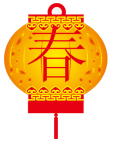 Spring Festival
Spring Festival
 Traditions
Traditions
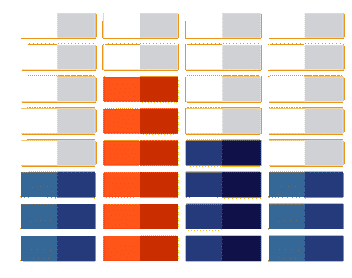 Music charts
Music charts